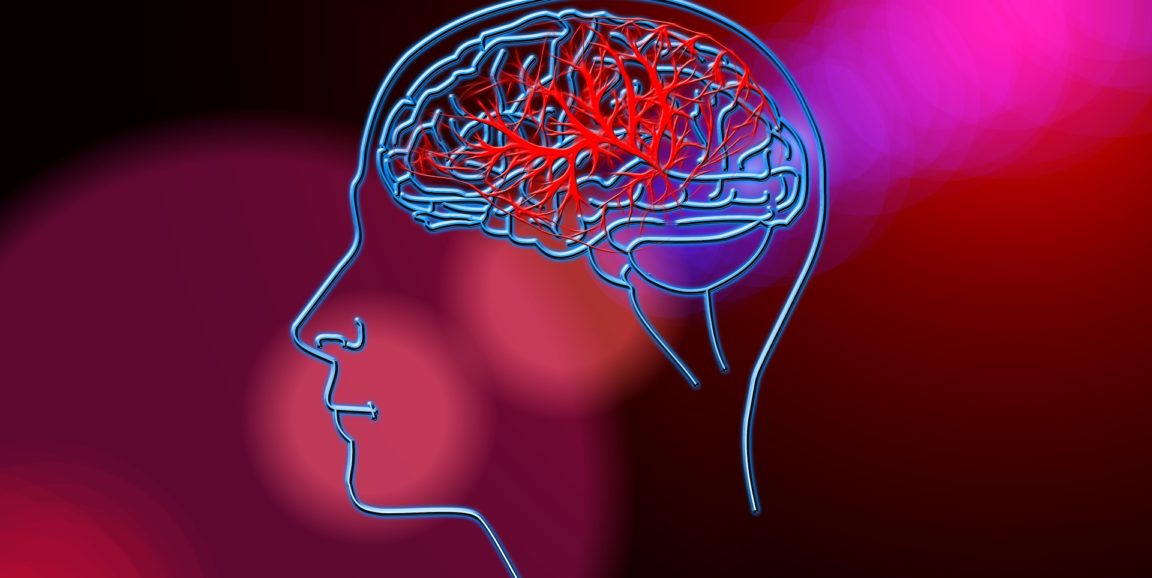With bolstered safety measures in place, Stanford Health Care and other facilities across the nation are resuming nonemergency services that were temporarily suspended as the number of COVID-19 hospitalizations surged.
Essential services never ceased, but national reports suggest that people didn't seek care during the height of the pandemic -- even for life-threatening conditions -- whether to avoid coronavirus infection or to preserve medical resources.
A study spearheaded by Stanford neurologist and stroke specialist Greg Albers, MD, indicates that nationally, the frequency of an unquestionably important procedure -- brain imaging of acute stroke patients in U.S. hospitals -- dropped off sharply between March 26 and April 8.
Albers and colleagues at Stanford and Washington University reported in the New England Medical Journal that during that time, the average daily use of a type of stroke-diagnostic imaging procedure practiced at 856 U.S. hospitals was fully 39% lower than it had been during a representative pre-pandemic period from Feb. 1 through Feb. 29.
Those hospitals routinely record in a central database each use of RAPID, a brain-imaging software technology pioneered by Albers and fellow Stanford researchers.
RAPID helps determine whether a patient who's suffered an ischemic stroke has salvageable brain tissue and could benefit from a clot-removal procedure known as thrombectomy. In this procedure, physicians remove the blood clot blocking oxygen to the patient's brain, restoring blood flow to the tissue. It can greatly improve the prospects for a substantial minority of patients, sparing them big physical and cognitive deficits. For others, the site of the stroke isn't amenable to intervention, or there isn't a sufficient amount of salvageable tissue to merit the procedure.
The study showed that the use of RAPID -- which the investigators used as proxy for overall stroke evaluations -- dropped from an average of 1.18 patients per day per hospital in February to 0.72 per day per hospital during the late March to early April period.
As there's no reason to think any actual reduction in strokes took place or that physicians changed their use of RAPID, the study implies that the drop indicates a dip in trips to the hospital by people who'd suffered strokes -- possibly because they or their loved ones were hesitant to leave home and check into a health care facility.
That's unfortunate, because after an apparent stroke it's critical to seek medical help as soon as possible. The chances of staving off or minimizing damage to brain tissue -- and resulting debilitating motor, sensory and cognitive losses -- drops rapidly as time since the event passes.
From the study:
Decreases in the numbers of patients who underwent stroke imaging were seen in most states ... [suggesting] that differences in regional incidences of Covid-19 were not the primary cause of decreased use of stroke imaging. ... The decrease ... was similar across all age, sex, and stroke severity subgroups ... [T]his suggests a decrease in the number of evaluations ... both in patients with severe strokes and in nonelderly patients who may have been at low risk for Covid-19 complications.
Albers' findings are consistent with reports of declines in a number of other non-COVID-19 medical treatments and procedures during the early pandemic period, including child vaccinations, cancer screenings and emergency visits.
But Albers and his colleagues found that the frequency of RAPID stroke-imaging began rising again after April 8. This uptick suggests patients are adapting to the new reality of a 24/7 COVID-19 world.
Photo by Gerd Altmann




